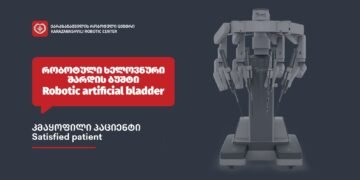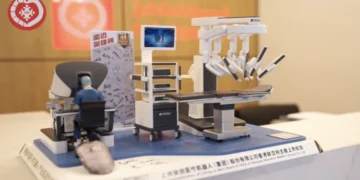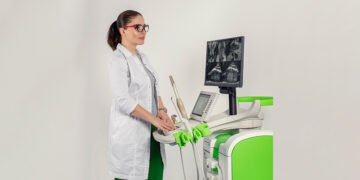An inguinal hernia is one of the most common medical conditions. It can occur at any age but is more frequent in men than in women. Hernias may be internal (such as diaphragmatic) or external – including inguinal, femoral, umbilical, or epigastric (white line of the abdomen). An inguinal hernia occurs when organs from the abdominal or pelvic cavity protrude into the inguinal canal through a weakened area or enlarged internal inguinal ring, resulting in a visible bulge.
Patients typically complain of a feeling of heaviness in the abdomen and a bulge in the groin area that may change in size and usually disappears when lying down. These signs are often more noticeable during physical strain or coughing.
Types of Inguinal Hernia
Inguinal hernias are categorized as:
-
Indirect hernia – the hernia sac passes through the inguinal canal alongside the spermatic cord elements.
-
Direct hernia – the hernia sac protrudes medially, from inside the spermatic cord.
These types differ in characteristics:
-
Indirect hernias are more common in younger individuals, are often bilateral, and may descend into the scrotum over time.
-
Direct hernias tend to develop in older adults, may also be bilateral, but do not descend into the scrotum.
Complications and Treatment
Inguinal hernias frequently lead to complications such as:
-
Incarceration (trapping of the herniated organ)
-
Bowel obstruction
-
Entrapment of other abdominal organs
These can lead to acute medical emergencies if not treated promptly.
Causes of Inguinal Hernia
Common contributing factors include:
-
Increased intra-abdominal pressure
-
Weak spots in the abdominal wall
-
Straining during urination or bowel movements
-
Lifting heavy objects
-
Fluid buildup in the abdomen
-
Pregnancy
-
Chronic coughing or sneezing
Kharazishvili Robotic Center offers advanced surgical treatment for inguinal hernias!
Contact us: 0322 23 40 23
Email: info@mmt.ge







